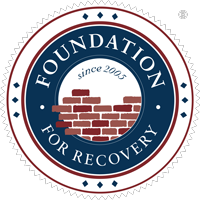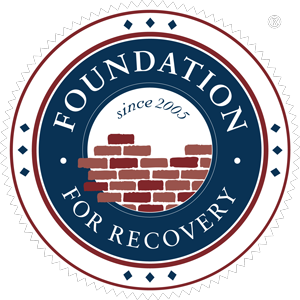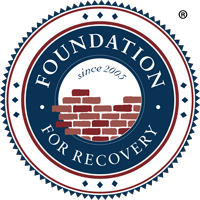Doctors have additional protocols to consider when writing and maintaining opioid prescriptions under a new law that took effect on New Year’s Day.
The Prescription Drug Abuse Prevention Act, passed by the 2017 Legislature, outlines safeguards for doctors before they prescribe controlled substances to treat pain and increases requirements necessary to continue a prescription after one month, three months and a year.
The additional paperwork is meant to curb the state’s opioid overdose problem and track down doctors who overprescribe.
“It just provides a platform by which the provider can really have an in-depth discussion with the patient as to whether the use of a controlled substance is truly necessary, or whether there are alternatives, ” said Daniel Burkhead, a pain management specialist in Las Vegas and secretary of the Clark County Medical Society, who worked with the governor’s office to roll out the law.
But some doctors worry they’ll be handcuffed under the changes.
Pass-the-patient concern
Dr. James Marx, a Las Vegas anesthesiologist and pain specialist, has already implemented rules laid out in the law.
But he said he is concerned the changes will deter primary care physicians, already inundated with patients amid a doctor shortage, from going through the extra steps, in turn funneling patients to pain specialists like him.
“We’re already seeing patients who are being referred to us or self-referred to us and complain their doctors don’t want to write a prescription,” said Marx, who has been practicing for 25 years. “That’s going to be a real issue.”
The guidelines require every doctor to perform a patient risk assessment before prescribing a controlled substance to treat pain. A prescription for a first-time patient is capped at two weeks.
If prescriptions are extended to one month, patients must sign an agreement with their doctors consenting to random drug testing.
Patients also must provide a list of any other prescriptions taken or drug use and list the states where they’ve previously received a prescription for a controlled substance.
At three months, a doctor should have diagnosed the patient’s pain. If patients have taken an opioid for pain for a year, they should be cut off, according to the guidelines.
Nevada is among 17 states that have enacted legislation limiting the number of days of an initial opioid prescription or capping prescription strength, according to the National Conference of State Legislatures.
Of those, most have exceptions for patients with chronic pain or cancer, patients in hospice care or patients determined by a provider to have needs exceeding the limitations.
No exceptions in Nevada
Nevada, though its initial prescription rules are the most relaxed of the 17 states, does not list any exceptions to the law.
“The protocols preserve individual patient care and safety while addressing misuse, abuse and diversion,” Elyse Monroy, a health policy analyst for the governor’s office, said at a December briefing in Carson City. “This is going to give Nevada a benchmark, really, and a way to help us identify and define overprescribing when it’s happening.”
Nationwide, overdose deaths have soared in the past 15 years, according to the Centers for Disease Control and Prevention. While opioid-related deaths dropped in Nevada slightly in 2016 from the previous year, data show the state’s prescription rate is significantly above the national average at 87.5 prescriptions per 100 people, compared with 66.5 nationwide.
In some Nevada counties, there are enough prescriptions for each resident to have more than one.
Chronic pain patients, like 40-year-old Matt Wells, are concerned the law could affect their access to painkillers.
At 27, Wells injured his spinal cord while snowboarding, an injury compounded by an unnecessary surgery years later. That has left him almost entirely wheelchair-bound and needing six morphine doses daily.
“The accident alone has thrown enough curveballs at me, and having legislation for more isn’t very helpful,” said Wells, who has lived in Las Vegas since 2002 and has a wife and 10-year-old daughter. “I want to focus on (my daughter) and not whether I’ll be able to get a refill of my medication.”
Marx doesn’t think the law will solve the state’s overprescribing problem. He’s worried frustrated patients will take to street drugs as a result.
“I think we’re going to see more complications, more overdoses, as a result of patients flocking to illicit, nonstandard, nonquality-type products,” Marx said.
A better route, he thinks, would be providing more education to patients and doctors.
“I think the solution to it is really going to be like the solution to the smoking epidemic” he said — explaining that there’s risks of harm associated with any drug’s use.
Article written and provided by Las Vegas Review-Journal.
Information for providers
The state’s prescription information site, prescribe365.nv.gov, gives an overview of the Prescription Drug Abuse Prevention Act and provides links to educational information for providers and patients.










